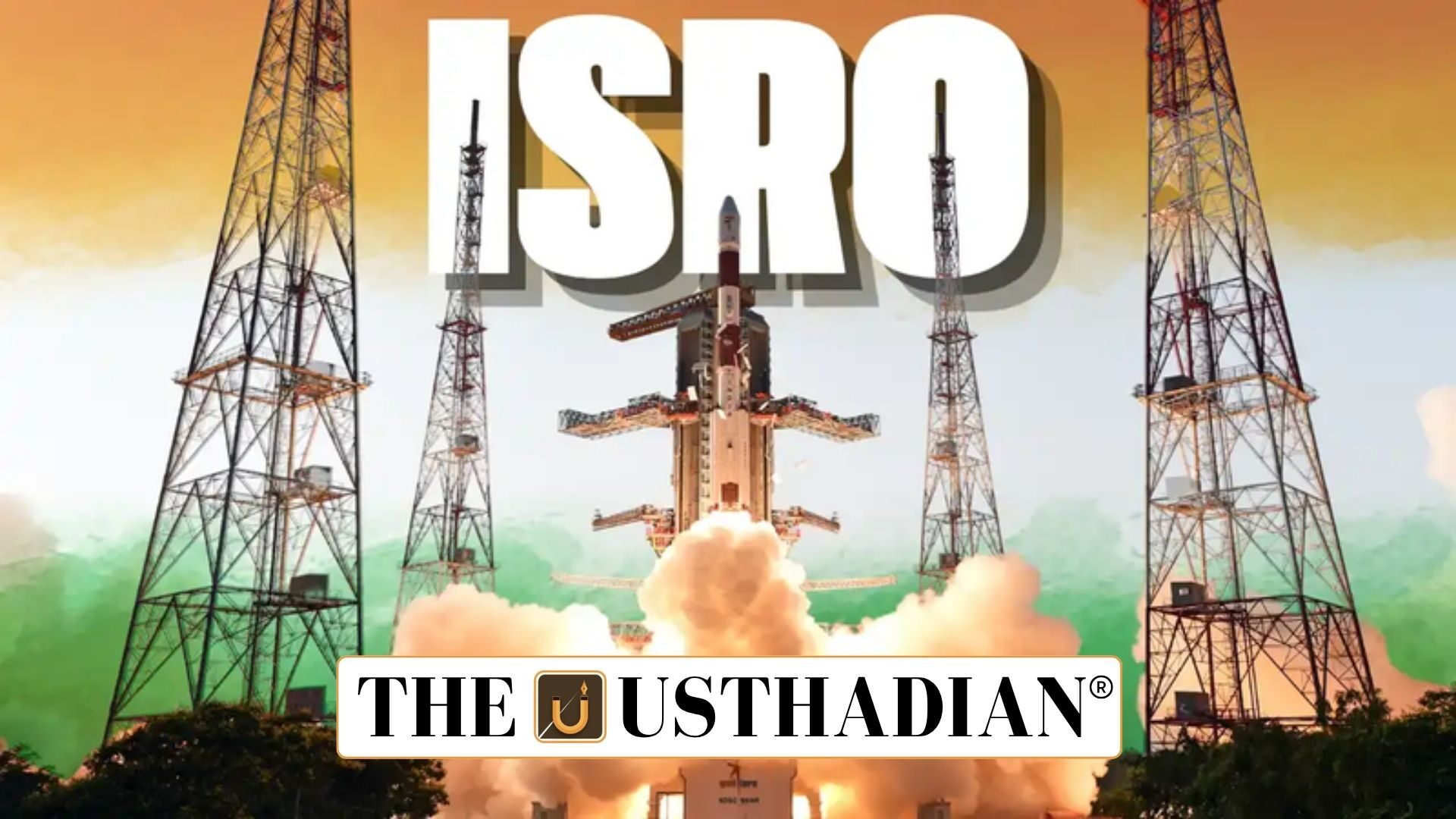Bold vision for future missions
ISRO’s Next Leap in Space: India has announced an ambitious roadmap in space exploration. Under the leadership of ISRO Chairman V. Narayanan, India aims to set up its own space station by 2035 and conduct a crewed Moon landing by 2040. These milestones are part of a long-term plan that cements India’s role as a space power.
The announcements were made at IIITDM Kurnool, reflecting the deep connection between education, research, and national innovation goals.
Journey from humble roots
India’s space story began modestly, with early rockets transported on bicycles and launched from basic facilities. Over decades, ISRO has evolved into a world-class organization, delivering complex missions such as Chandrayaan, Mangalyaan, and Aditya-L1.
Static GK fact: ISRO was established in 1969 under the Department of Atomic Energy before becoming an independent space agency.
Today, ISRO develops launch vehicles as tall as 40-storey buildings, capable of lifting payloads up to 74,000 kg, showcasing its technological scale.
Independent space station by 2035
ISRO plans to launch its own space station by 2035, aiming to build a permanent laboratory in space for long-duration experiments and human spaceflight research. This marks a strategic shift from collaboration to self-reliance in orbital infrastructure.
Static GK fact: The first space station, Salyut 1, was launched by the Soviet Union in 1971.
India’s station will focus on scientific research, microgravity experiments, and support for human missions beyond Earth orbit.
Moon landing mission by 2040
By 2040, India plans to land a human on the Moon and bring them back safely, becoming the fourth country to achieve this feat after the USA, USSR/Russia, and China.
This aligns with India’s larger ambition to attain strategic autonomy in space and reduce dependency on foreign partnerships for critical missions.
Advancing technologies for human spaceflight
India has already demonstrated key capabilities needed for human missions. The 2025 orbital docking experiment was a major step, enabling future missions to assemble structures in space or transfer crew and cargo.
The success of Aditya-L1 placed India among just four nations capable of solar missions.
Static GK Tip: Only NASA, ESA, and JAXA had successful solar observatory missions before India.
Growing private sector and global role
India’s space ecosystem is expanding, with start-ups and private firms entering satellite, launch, and research domains. This reflects a shift toward a public-private collaborative model, enhancing speed and innovation.
These moves align with the national goal of Viksit Bharat, envisioning India as a science and innovation leader by 2047.
Static Usthadian Current Affairs Table
ISRO’s Next Leap in Space:
| Topic | Detail |
| ISRO Chairman | V. Narayanan |
| Space Station Target Year | 2035 |
| Human Moon Mission Target Year | 2040 |
| Aditya-L1 Mission | India’s first solar observatory |
| Docking Experiment | Conducted in 2025 |
| First Indian Satellite | Aryabhata, launched in 1975 |
| ISRO Founding Year | 1969 |
| Notable Missions | Chandrayaan, Mangalyaan, Aditya-L1 |
| Private Participation | Increasing rapidly in launch and satellite services |
| Education Link | Announcements made at IIITDM Kurnool |








